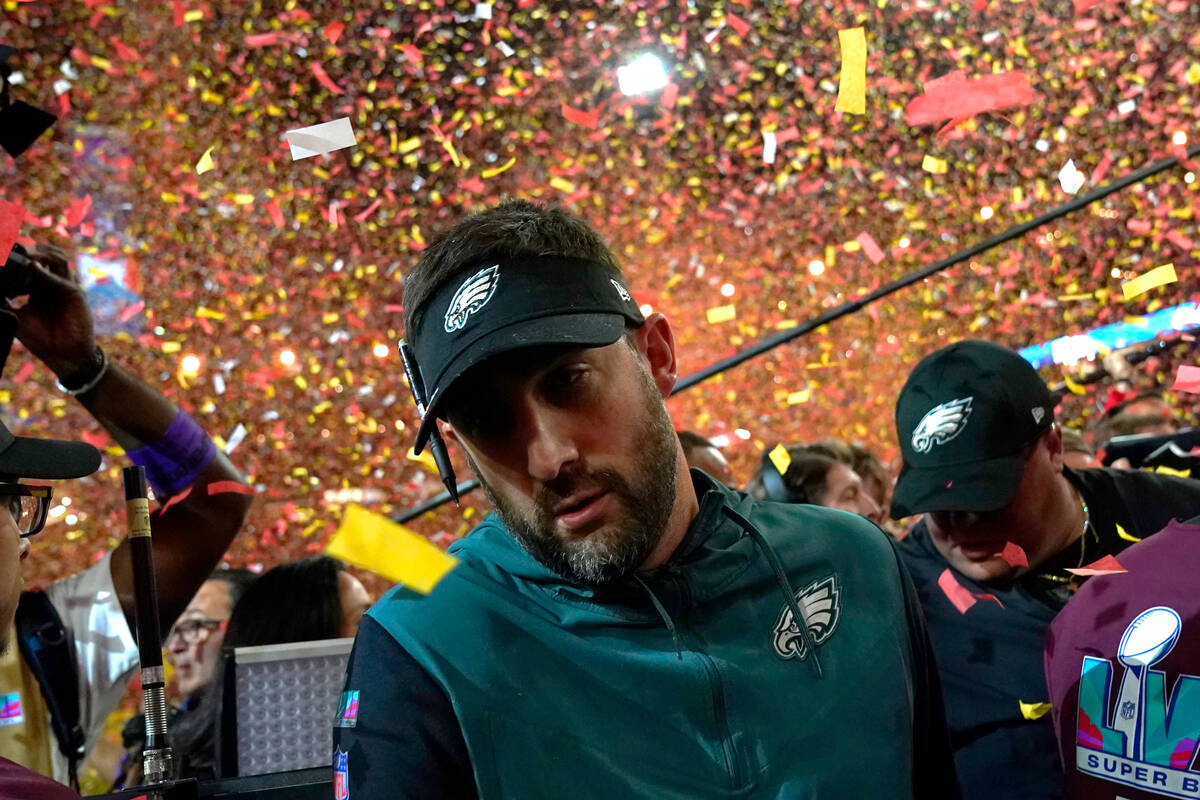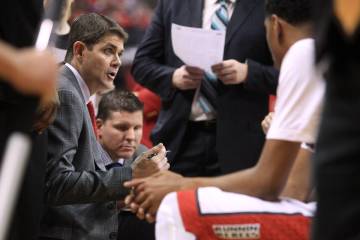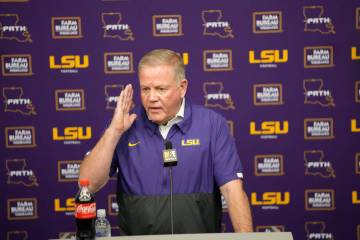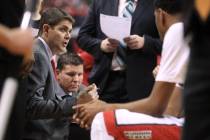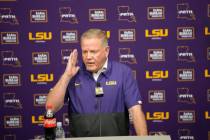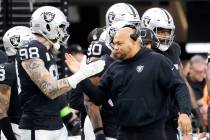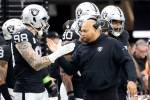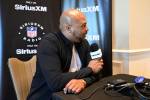Hill: Anti-analytics crowd still incorrectly trusting its gut
Everyone has that one relative who insists they know every single shortcut to get to any place in town in the shortest amount of time.
Sure there would be the occasional eye roll or snide comment, but absent any real data there was no reason to really fight back on Uncle Jim when he had been so strong in his convictions for so long.
Then the world discovered GPS and apps that could collect real-time data on traffic and weather conditions and could instantaneously update to the best possible route.
But guess what? A whole lot of Uncle Jims out there refuse to use the information and still insist their gut is better.
That’s exactly what many football coaches and curmudgeonly fans sound like when they eschew all of the available information and fight back against analytics, which has somehow become an evil catch-all phrase for the use of math and data in sports.
This applies in all sports, but football is where the debate is particularly intense.
Fourth-down debates
Of course, analytics have been around sports for a very long time. There just wasn’t such a terrifying word attached.
Knowing a particular opponent likes to run the ball in second-and-medium situations is somehow seen as great scouting, while being armed with data proving they do so exactly 72 percent of the time is overthinking. It’s bizarre.
But of course the most vitriolic debates center on fourth-down and two-point conversion decisions.
We won’t even begin to get into why it’s an absolute no-brainer to go for two when a team down 14 points scores a touchdown late in a game. It’s an obvious mathematical decision, but one that seems beyond hope for far too many people at this point in the analytics revolution.
In terms of fourth-down decision-making, however, there has at least been some progress. Most coaches share a similar view to Rod Woodson of the XFL’s Vegas Vipers.
The numbers “tell me when to go on fourth down and what to do on conversions after touchdowns, but as a coach you have to have a good feel for the game to determine when and how to use that information,” he said Friday.
But a comment by Eagles coach Nick Sirianni after a Super Bowl in which he decided to punt on fourth-and-3 from his own 32 with 10:33 left and his team down 28-27 was very telling.
“I think you get 32 out of 32 NFL coaches punting there,” he said. “There are no regrets.”
Therein lies the problem. His comment is probably right, even though the decision isn’t.
Sirianni was the most aggressive coach in the league, according to the yearly index released by Football Outsiders this week. (Raiders coach Josh McDaniels was 28th.)
But in a situation in which a basic probability model suggested going for it would have given the Eagles a 41 percent chance to win while punting put them at 37 percent, Sirianni sent out the punt team.
Ole Miss coach Lane Kiffin, an incredibly aggressive coach, might have put it best last year when he essentially said many coaches make safer decisions because traditional thinking is easier to explain.
“It’s not easy,” he said. “… A lot of coaches don’t follow the analytics because it’s very hard for that press conference afterwards or for that stadium to turn on you when it doesn’t work.”
Blackjack basic strategy
Critics of analytic-based fourth-down decisions make some pretty strange arguments, though they typically only express them when an attempt is unsuccessful.
But even the most hard-core devotee of the analytics movement ever suggests anything is guaranteed. You’re just looking to add a percentage point here and there of win probability.
It’s like blackjack. Using analytics is playing “by the book.” Optimal decision-making reduces the house advantage over the long run, but it doesn’t guarantee results. Coaches who play by their gut are out there hitting 15s against a dealer’s six one time and then staying on 12 against a face card at others.
Or ignoring the GPS and taking their own route. Look, occasionally the GPS path might backfire because there’s a crash or a stoplight malfunction.
But I’ll take my chances that over the course of a year, I will give myself a better chance of getting home quicker more often by trusting the data.
Contact Adam Hill at ahill@reviewjournal.com. Follow @AdamHillLVRJ on Twitter.



